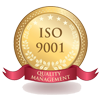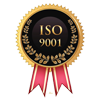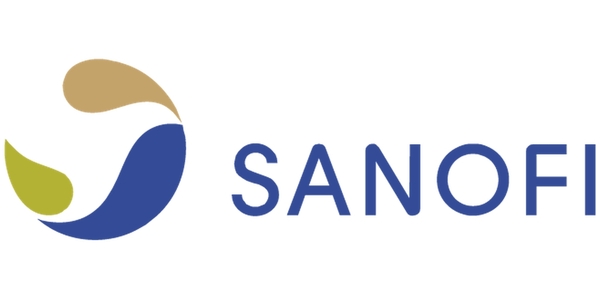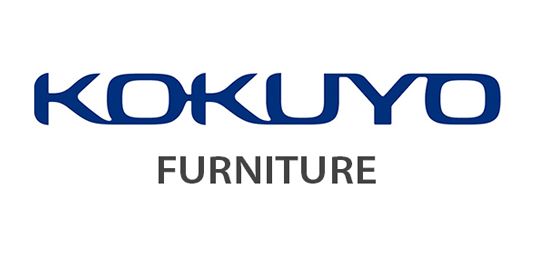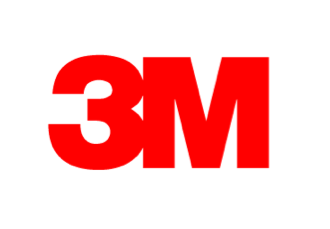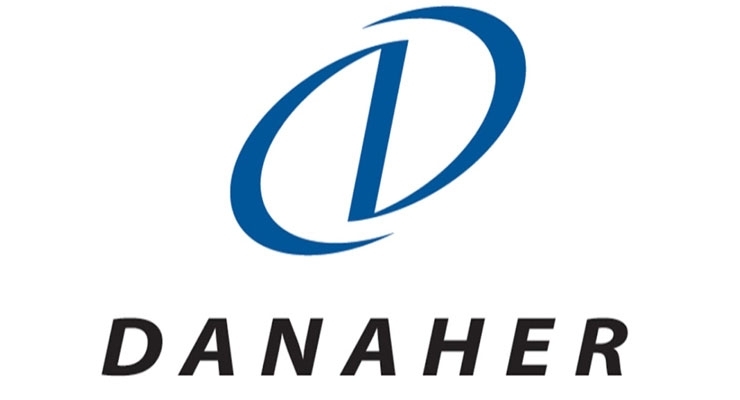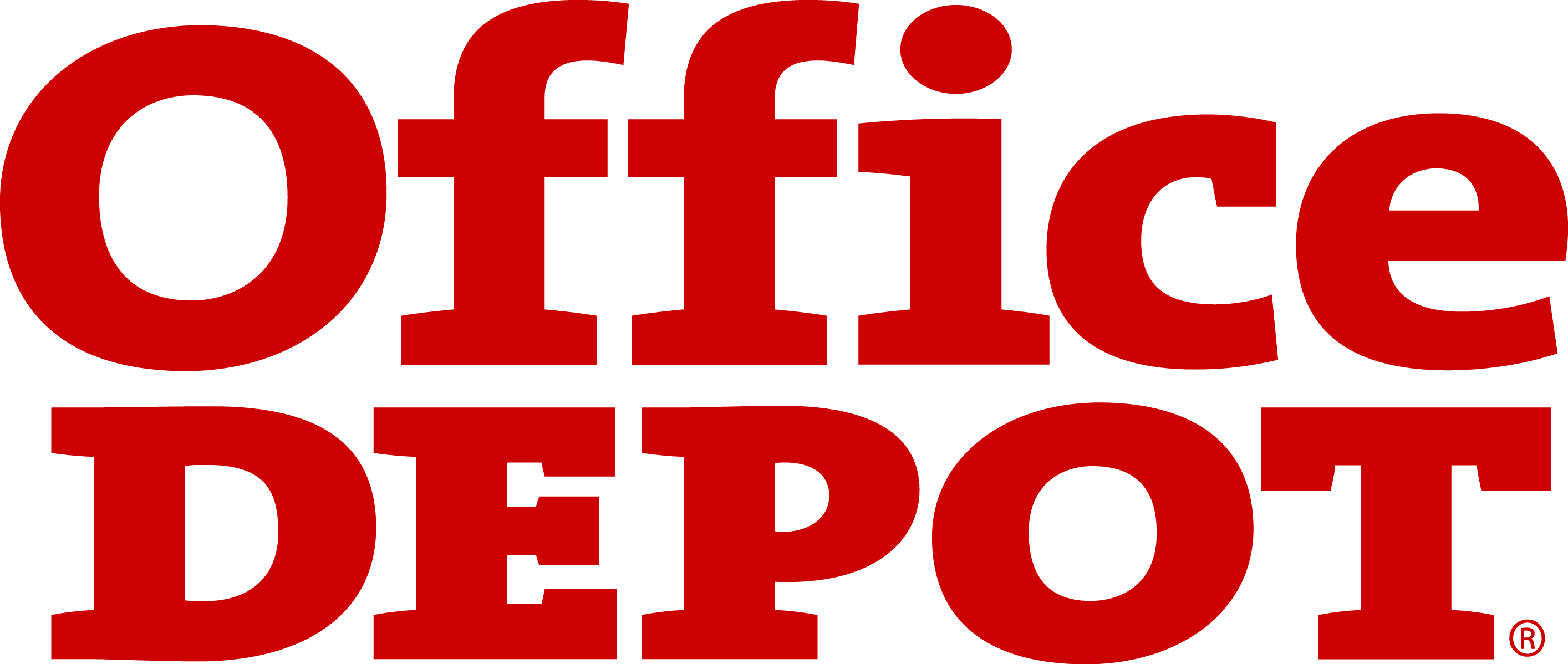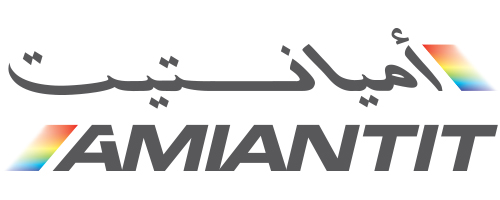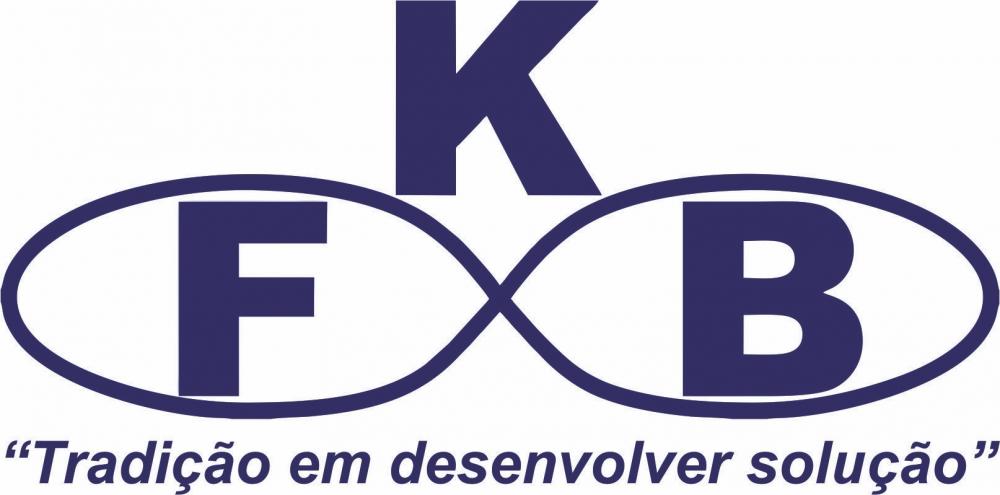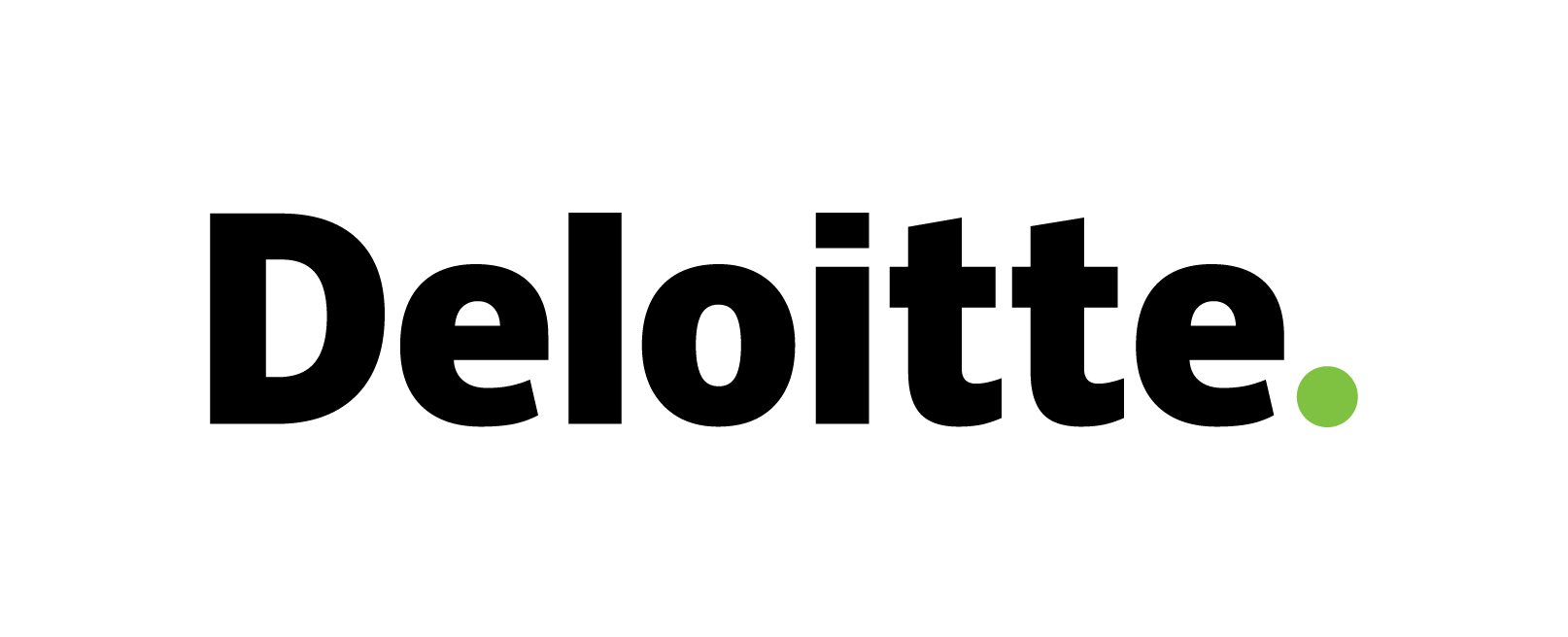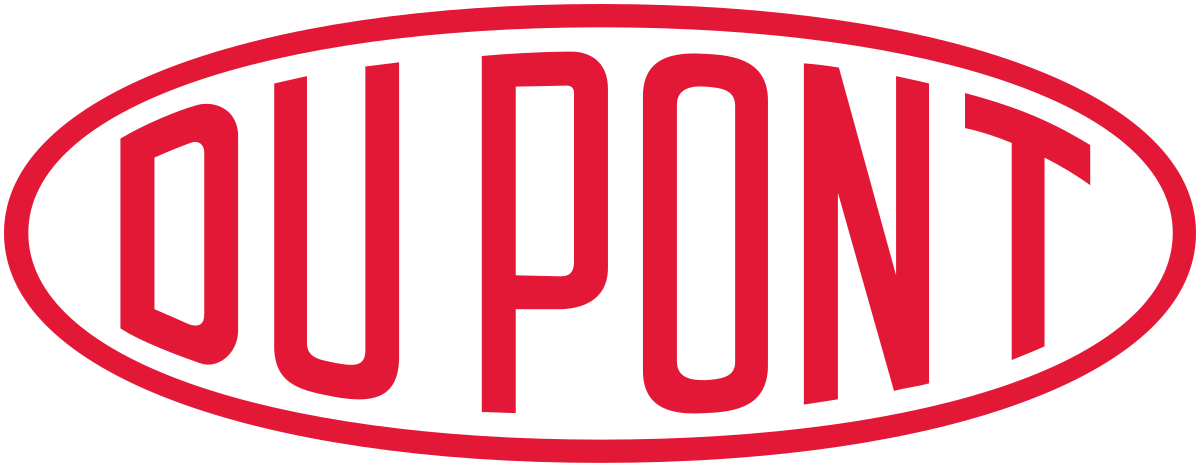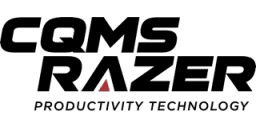Space Exploration Market
Space Exploration Market Trend, Opportunity, and Forecast Analysis, 2024-2033
Space Exploration Market is segmented by Space Technology, Mission Type, Exploration Type, End-Use, and by Region. KDMI analyst’s growth analysis foresees market revenue to cross USD 1895 Billion by 2033 by growing with a CAGR of 17.1% during 2024-2033.
Space Exploration Market Highlights
The global space exploration market is expected to cross a market size of USD 1895 Billion by the end of 2033. The market size was valued at USD 496 Billion in 2023 and is expected to expand at a CAGR of 17.1% between 2024-2033.
- Over the mid-term, the improvements in technology is the primary factor anticipated to drive the global space exploration market.
- Expensive launching projects is a major factor to challenge the market growth.
- The North America space exploration market is projected to dominate the global market.
Space Exploration Market: Report Scope |
|
|
Base Year |
2023 |
|
Base Year Market Size |
USD 496 Billion |
|
Forecast Year |
2024-2033 |
|
Forecast Year Market Size |
USD 1895 Billion |
|
CAGR Value |
17.1% |
|
Space Exploration Market Key Trends/Major Growth Drivers |
|
|
Restraint Factors |
|
|
Space Exploration Market Segmentation |
|
|
Space Exploration Market Key Players |
MAXAR Technologies Inc., Astrobotic, Ispace, Nanoracks LLC, Axelspace Corporation, NASA, SpaceX, Rocket Lab Ltd, Airbus Defense & Space, Moon Express, Roscosmos, Masten Space Systems, and others. |
Space Exploration Market Outlook
The use of astronomy and space technology to explore outer space is known as space exploration. The exploration of space is mainly carried out currently by astronomers with telescopes but its physical exploration is conducted by uncrewed robotic space probes and human space flight. Space exploration or in other words space science is understanding the planets, sun. moon, stars and galaxies; searching for life and habitats on other planets, developing scientific advancements in technology and mathematics and ensuring the future survival of humanity.
According to our experts at KD Market Insights, one of the primary factors anticipated to drive the growth of the market growth of space exploration activities globally is the rapid advancements in spaceship technologies and the increasing interest of researchers for space exploration missions. Certain spaceship manufacturers recently have developed successfully the concept of reusable rockets which significantly reduces the cost of space launches, making space exploration more accessible. The development of small satellites and electronics have made it easier and cheaper to deploy technology into space. Furthermore, AI and robotics enhanced the capability to explore distant celestial bodies with minimum intervention, increasing the scope of missions. MAXAR Technologies Inc., Astrobotic, and Ispace are some of the significant parties in the global market for space exploration.
Get More Insights on This Report - Request Free Sample PDF
Space Exploration Market Drivers – Analyst’s Observation
According to the analysts at KD Market Insights, some key growth drivers for the global space exploration market are:
- Economic and scientific prospects: The probability for mining asteroids and the moon for valuable resources such as rare elements and water presents lucrative economic opportunities. Additionally, growth in satellite-based services, including telecommunications, Earth observations, and navigation gears demand for space missions.
- Societal and Environmental Factors: The need for better Earth observation to monitor climate change and environmental degradation drives investments in satellite technology. Space science continues to inspire educational initiatives and interest in STEM fields, leading to a more skilled workforce. Moreover, the enhanced satellite surveillance capabilities contribute to national security and disaster management, driving government investments.
Which Probable Factors Could Hamper the Growing Space Exploration Market Trend?
As per our KD Market Insights analysis, some of the challenges expected to limit the global market growth of space exploration are:
- Higher price constraints: The development, construction, and launching of space missions require substantial financial investment, which can be a significant barrier for new entrants and limit the scope of projects. The long timeframes and high risks associated with space missions can deter investors due to the uncertainty of financial returns.
- Operational risks: The intricacies involved in space technology means that missions are liable to technical failures, which can lead to mission delays, cost overruns, or total mission loss. Also, the growing amount space debris poses a significant risk to operational satellites and new missions, increasing the need for mitigation and protective measures.
How is the Global Space Exploration Market Segmented?
Our experts at KD Market Insights have segmented the global space exploration market research report as:
|
By Space Technology |
|
|
By Mission Type |
|
|
By Exploration Type |
|
|
By End-Use |
|
|
By Region |
|
What are the Probable Factors Influencing the North America Space Exploration Market Forecast?
The North America space exploration market is majorly driven by the National Aeronautics and Space Administration (NASA) has a robust portfolio of ambitious programs, including the Artemis program aimed at returning humans to the Moon and eventually sending astronauts to Mars. This continuous support and funding from the U.S. government provide a stable foundation for growth. And the U.S. Department of Defense (DoD) has also increased its focus on space, with initiatives like the establishment of the U.S. Space Force, driving investment in space technologies for national security purposes.
As per our analysts at KD Market Insights, the following five players lead the North America space exploration market growth:
- SpaceX
- Blue Origin
- Lockheed Martin
- Northrop Grumman
- Boeing
|
Key Countries to Watch for in North America Space Exploration Market |
Key Insights |
|
United States Space Exploration Market to Register the Largest Regional Market Share in 2033 |
USD 397.95 Billion |
|
Canada Space Exploration Market to Grow with the Highest CAGR During 2024-2033 |
17.7% |
Which Key Players Top the Global Space Exploration Market Share?
As per our analysts at KD Market Insights, the competitive landscape of global space exploration market facilitates our readers in identifying their closest competitors. The manufacturers who are associated with space exploration market are raising their focus on expanding their presence, as well as their market share. The market has also been witnessing an upward movement in the number of collaborations between research institutions and key players, aimed at introducing advanced technologies and innovation of new products. Here is a list of the key players who top the global space exploration market share:
- MAXAR Technologies Inc.
- Astrobotic
- Ispace
- Nanoracks LLC
- Axelspace Corporation
- NASA
- SpaceX
- Rocket Lab Ltd
- Airbus Defense & Space
- Moon Express
- Roscosmos
- Masten Space Systems
What are the Recent Developments Observed in the Space Exploration Market?
Over the years, the experts at KD Market Insights have been observing the recent developments associated with global space exploration market trends. Our expert’s market forecast analysis has recorded the market players adopting plentiful of key strategies including new product launches, mergers & acquisitions, and collaborations.
For instance, Venturi Astrolab stated that it would work with NASA's Glenn Research Center in Cleveland and the Johnson Space Center in Houston to demonstrate a long-lasting, freezing-resistant lunar rover tire. Mission planners may be able to examine additional lunar areas for rover exploration and lengthier trips as a result of the architecture.
Further, NASA disclosed a contract change with SpaceX to advance the Starship human landing mechanism. SpaceX was originally selected by NASA to develop a lunar lander capable of transporting astronauts between lunar orbit and the Moon's surface as part of the Artemis III mission, which marked humanity's first return to the Moon since the Apollo program's final mission in 1972, but will now support a second human landing demonstration as part of NASA's Artemis IV mission.
- Executive Summary
- Market Overview
- Key Findings
- Market Trends
- Market Outlook
- Introduction
- Scope of the Report
- Research Methodology
- Definitions and Assumptions
- Acronyms and Abbreviations
- Market Dynamics
- Drivers
- Restraints
- Opportunities
- Challenges
- Global Space Exploration Market
- Market Overview
- Market Size and Forecast
- Market Segmentation
- By Space Technology
- By Mission Type
- By Exploration Type
- By End-Use
- By Region
- Market Segmentation by Space Technology
- Rockets
- Landers
- Robots
- Satellites
- Orbiters
- Others
- Market Segmentation by Mission Type
- Manned Mission
- Unmanned Mission
- Market Segmentation by Exploration Type
- Moon Exploration
- Transportation
- Orbital Infrastructure
- Mars Exploration
- Others
- Market Segmentation by End-Use
- Government Space Agencies
- Commercial
- Military
- Others
- Regional Analysis
- North America
- United States
- Market Size and Forecast
- Key Trends and Developments
- Market Analysis by Space Technology, Mission Type, Exploration Type, and End-Use
- Canada
- Market Size and Forecast
- Key Trends and Developments
- Market Analysis by Space Technology, Mission Type, Exploration Type, and End-Use
- Mexico
- Market Size and Forecast
- Key Trends and Developments
- Market Analysis by Space Technology, Mission Type, Exploration Type, and End-Use
- United States
- Europe
- United Kingdom
- Market Size and Forecast
- Key Trends and Developments
- Market Analysis by Space Technology, Mission Type, Exploration Type, and End-Use
- Germany
- Market Size and Forecast
- Key Trends and Developments
- Market Analysis by Space Technology, Mission Type, Exploration Type, and End-Use
- France
- Market Size and Forecast
- Key Trends and Developments
- Market Analysis by Space Technology, Mission Type, Exploration Type, and End-Use
- Italy
- Market Size and Forecast
- Key Trends and Developments
- Market Analysis by Space Technology, Mission Type, Exploration Type, and End-Use
- Spain
- Market Size and Forecast
- Key Trends and Developments
- Market Analysis by Space Technology, Mission Type, Exploration Type, and End-Use
- Rest of Europe
- Market Size and Forecast
- Key Trends and Developments
- Market Analysis by Space Technology, Mission Type, Exploration Type, and End-Use
- United Kingdom
- Asia Pacific
- China
- Market Size and Forecast
- Key Trends and Developments
- Market Analysis by Space Technology, Mission Type, Exploration Type, and End-Use
- Japan
- Market Size and Forecast
- Key Trends and Developments
- Market Analysis by Space Technology, Mission Type, Exploration Type, and End-Use
- India
- Market Size and Forecast
- Key Trends and Developments
- Market Analysis by Space Technology, Mission Type, Exploration Type, and End-Use
- Australia
- Market Size and Forecast
- Key Trends and Developments
- Market Analysis by Space Technology, Mission Type, Exploration Type, and End-Use
- South Korea
- Market Size and Forecast
- Key Trends and Developments
- Market Analysis by Space Technology, Mission Type, Exploration Type, and End-Use
- Rest of Asia Pacific
- Market Size and Forecast
- Key Trends and Developments
- Market Analysis by Space Technology, Mission Type, Exploration Type, and End-Use
- China
- Latin America
- Brazil
- Market Size and Forecast
- Key Trends and Developments
- Market Analysis by Space Technology, Mission Type, Exploration Type, and End-Use
- Argentina
- Market Size and Forecast
- Key Trends and Developments
- Market Analysis by Space Technology, Mission Type, Exploration Type, and End-Use
- Colombia
- Market Size and Forecast
- Key Trends and Developments
- Market Analysis by Space Technology, Mission Type, Exploration Type, and End-Use
- Rest of Latin America
- Market Size and Forecast
- Key Trends and Developments
- Market Analysis by Space Technology, Mission Type, Exploration Type, and End-Use
- Brazil
- Middle East & Africa
- South Africa
- Market Size and Forecast
- Key Trends and Developments
- Market Analysis by Space Technology, Mission Type, Exploration Type, and End-Use
- Saudi Arabia
- Market Size and Forecast
- Key Trends and Developments
- Market Analysis by Space Technology, Mission Type, Exploration Type, and End-Use
- UAE
- Market Size and Forecast
- Key Trends and Developments
- Market Analysis by Space Technology, Mission Type, Exploration Type, and End-Use
- Rest of Middle East & Africa
- Market Size and Forecast
- Key Trends and Developments
- Market Analysis by Space Technology, Mission Type, Exploration Type, and End-Use
- South Africa
- North America
- Competitive Landscape
- Market Share Analysis
- Company Profiles
- MAXAR Technologies Inc.
- Astrobotic
- Ispace
- Nanoracks LLC
- Axelspace Corporation
- NASA
- SpaceX
- Rocket Lab Ltd
- Airbus Defense & Space
- Moon Express
- Roscosmos
- Masten Space Systems
- Strategic Recommendations
- Appendix
- List of Tables
- List of Figures
- References

Need Customized Report for Your Business ?
Utilize the Power of Customized Research Aligned with Your Business Goals
Request for Customized Report- Quick Contact -
- ISO Certified Logo -
